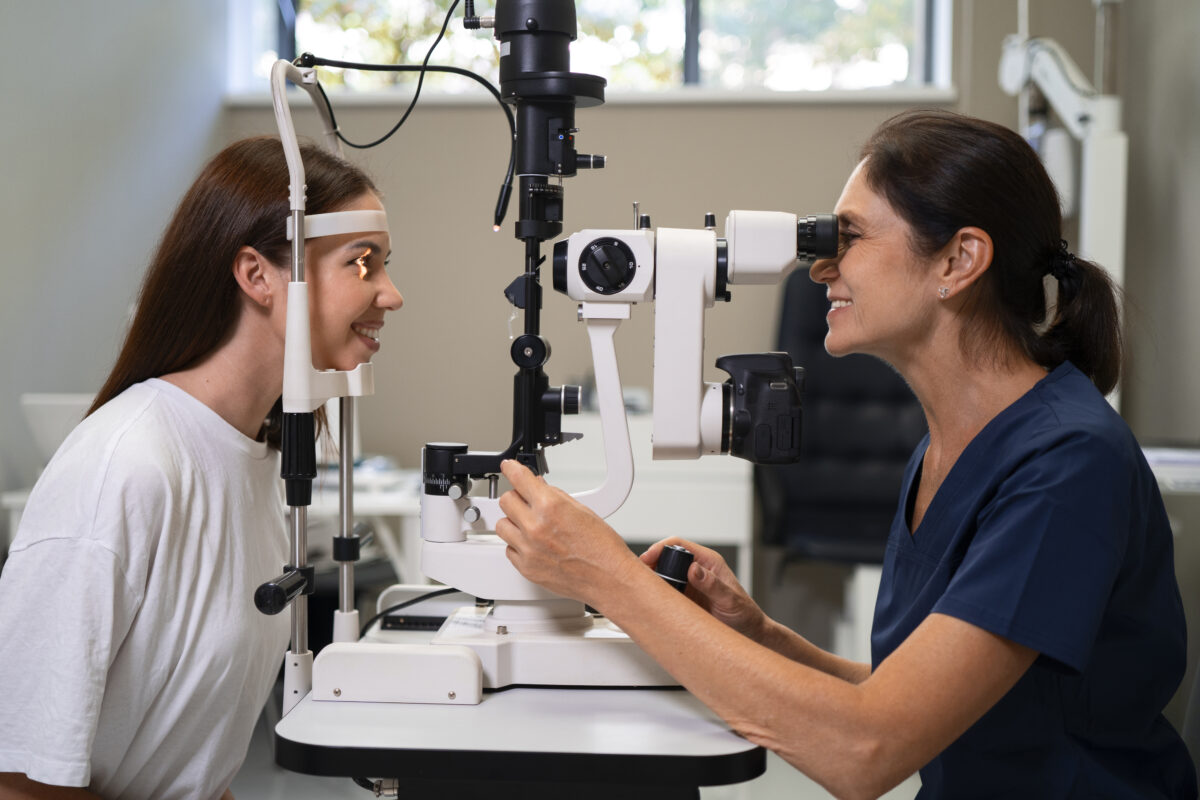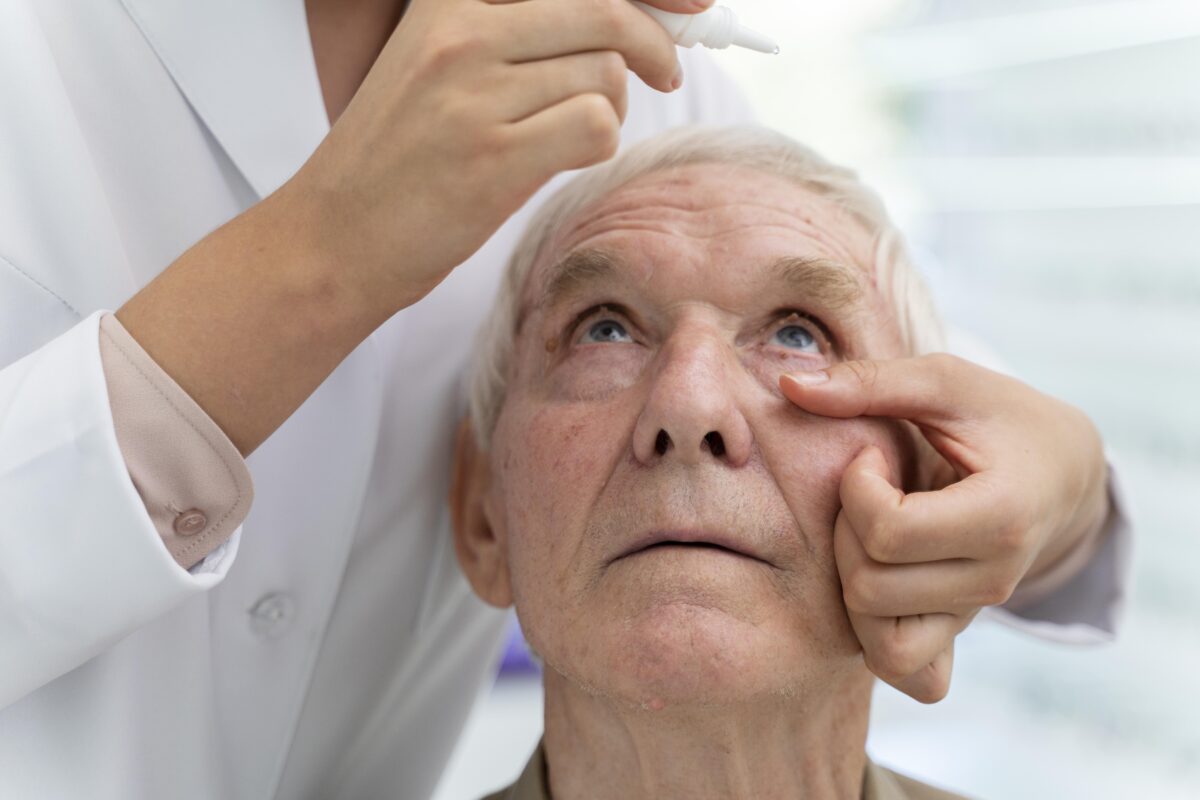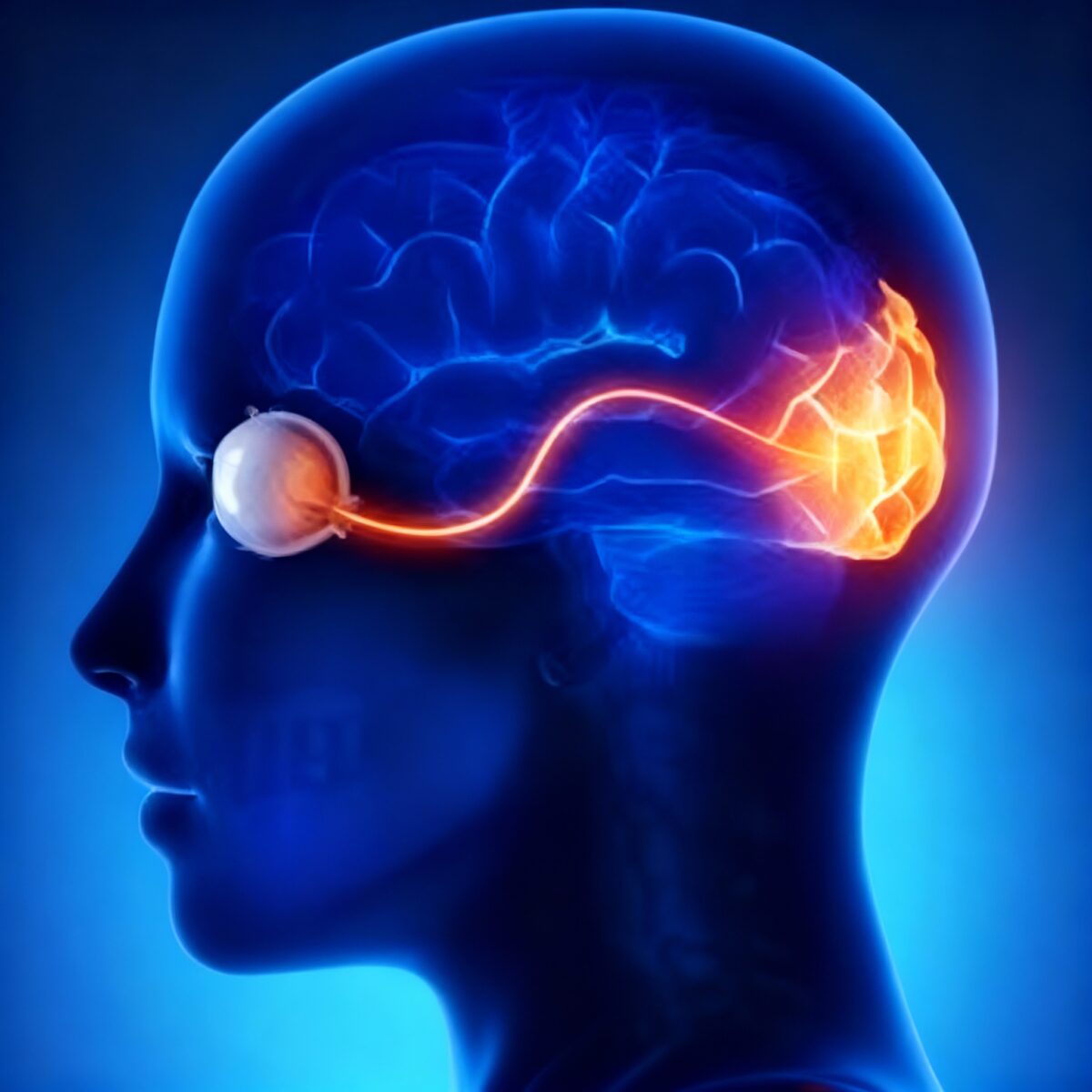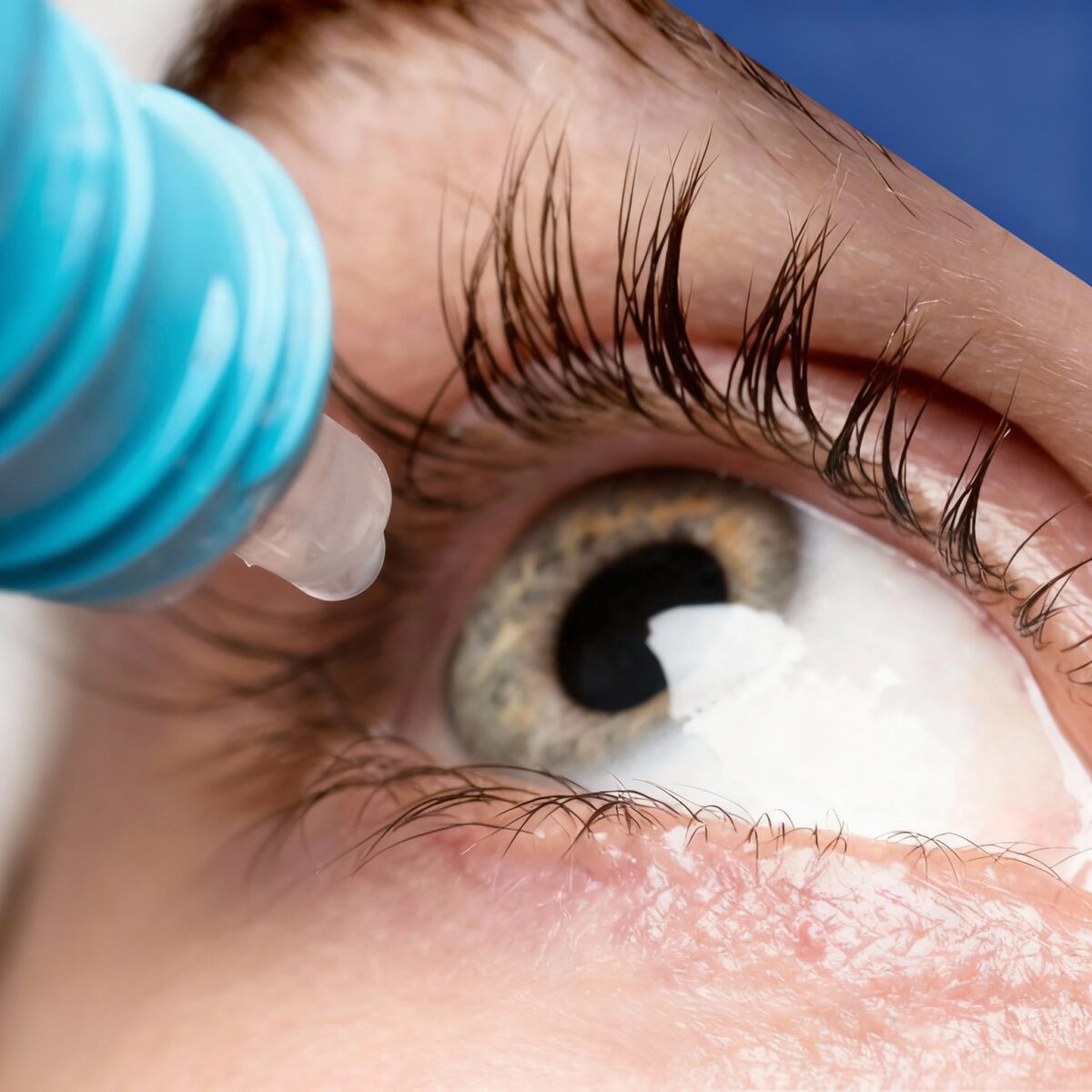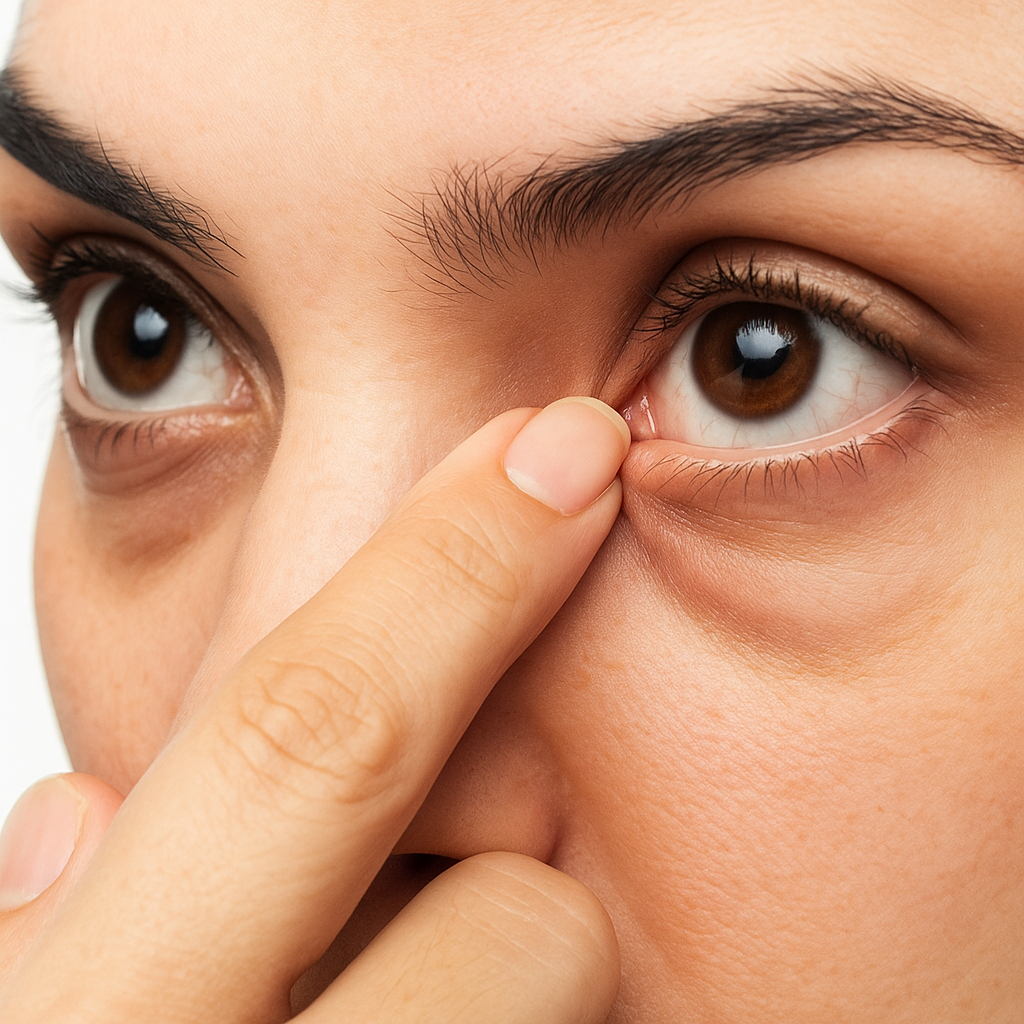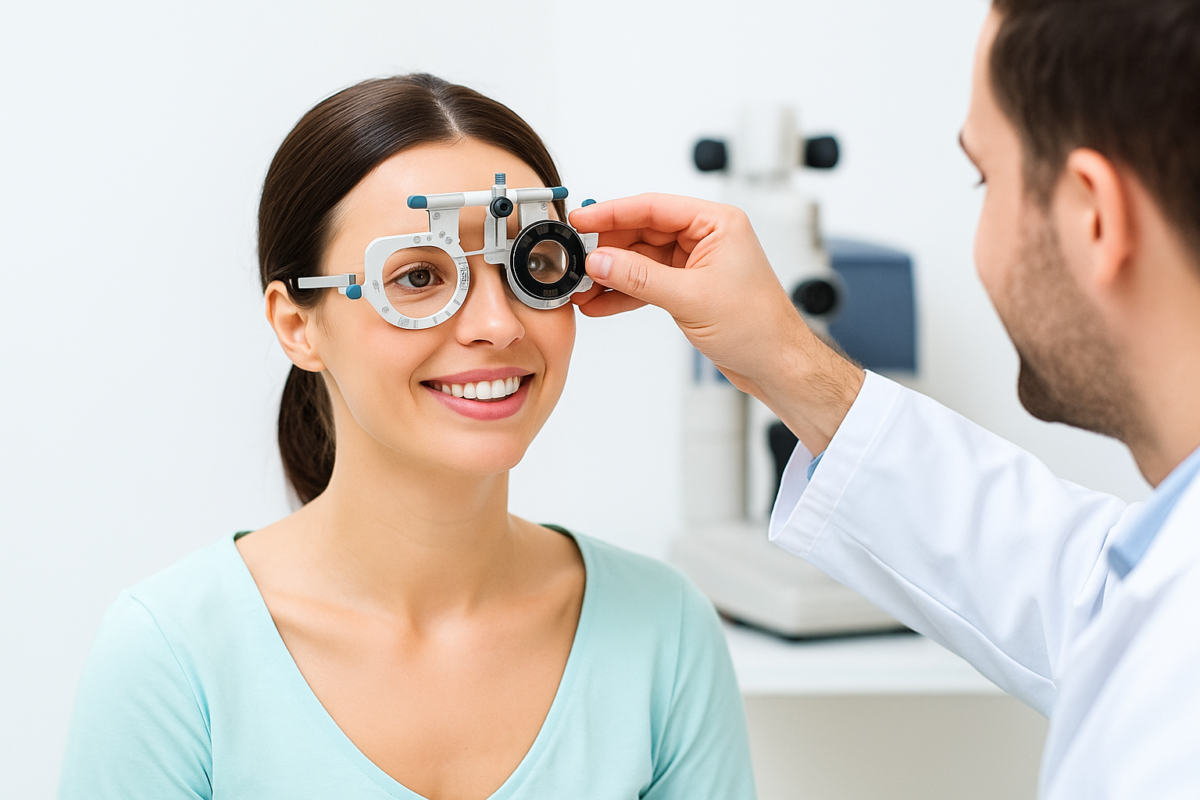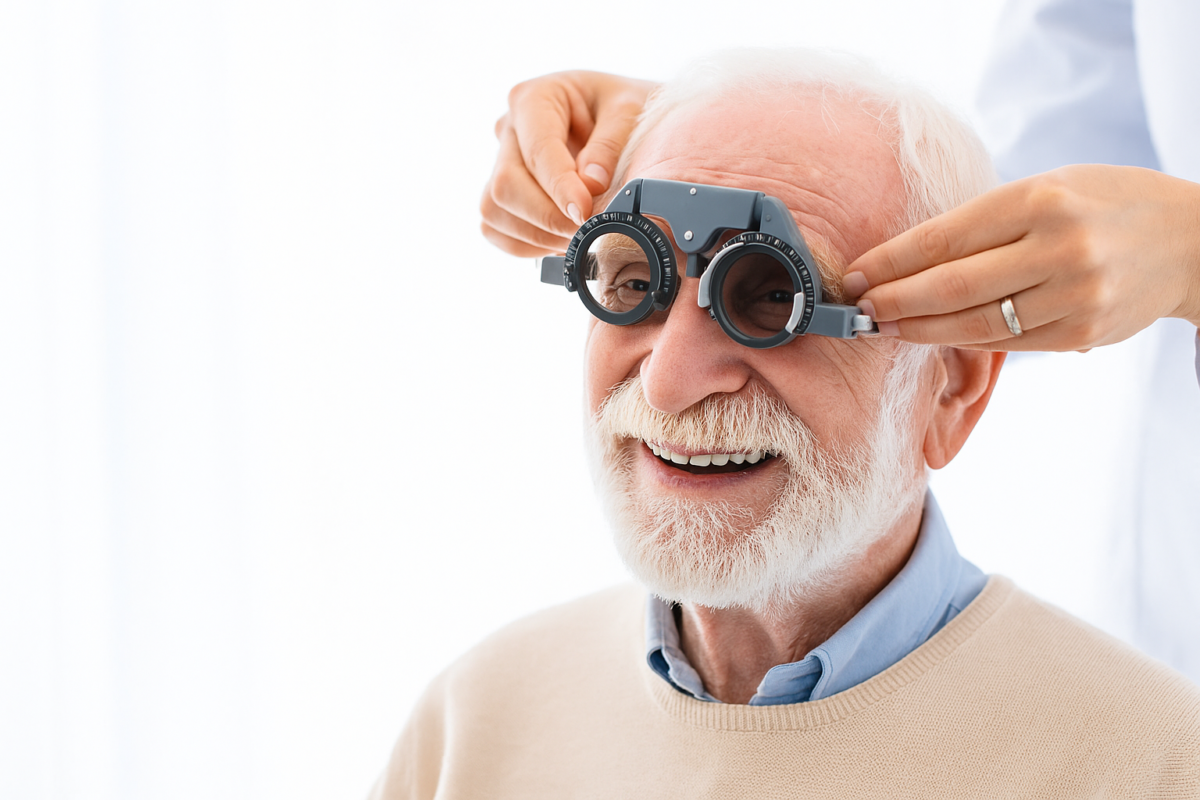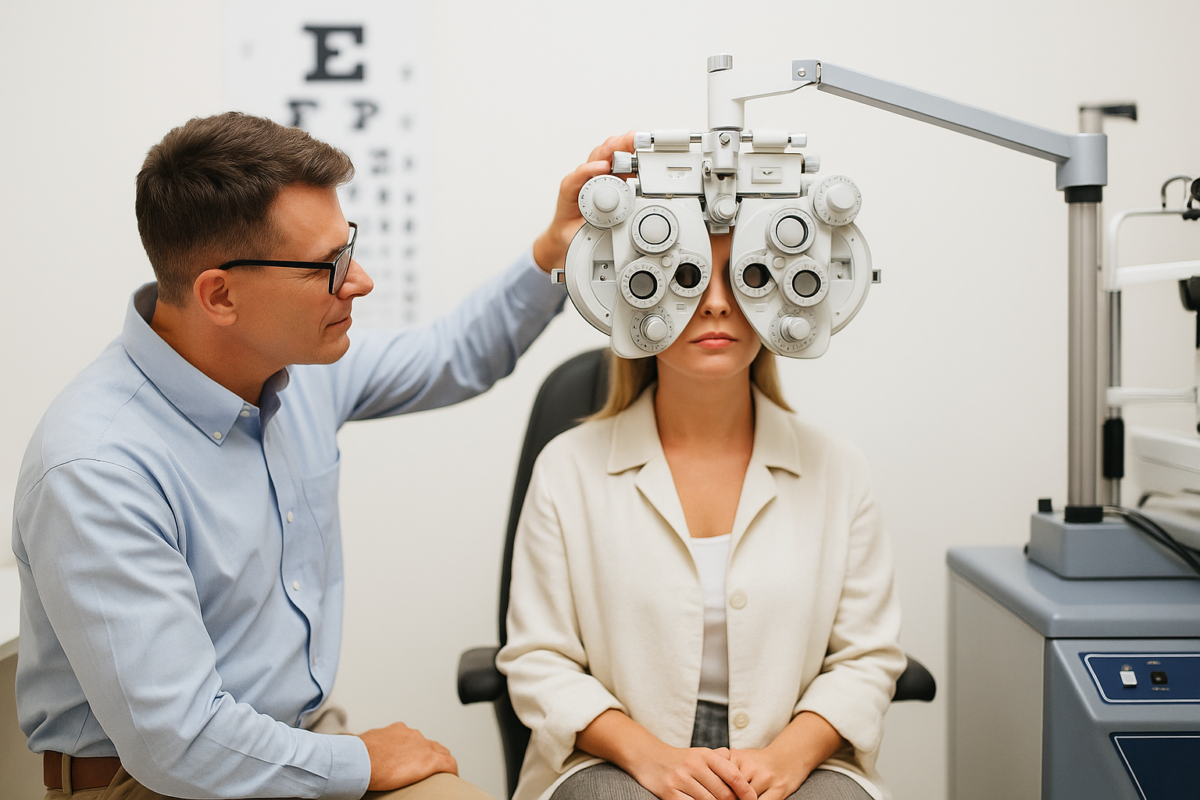Have you ever noticed someone’s eyes not aligning perfectly when they look at an object? That’s a condition known as squint or strabismus. While many think it’s just a cosmetic concern, squint is far more than meets the eye; it can affect vision, depth perception, and even confidence.
In Thrissur, people are becoming increasingly aware that early detection and expert care can make all the difference. The city is home to some of the best eye hospitals, including Dr. Rani Menon Maxivision Eye Hospital, a trusted name for anyone seeking a squint specialist in Thrissur.
This article explores everything you need to know about squint eye conditions, why timely treatment matters, what modern therapies are available, and how consulting a qualified specialist can help protect and restore clear, aligned vision.
Understanding Squint: More Than a Cosmetic Issue
Squint, medically known as strabismus, occurs when both eyes fail to focus on the same point simultaneously. In some cases, one eye looks directly forward while the other moves in a different direction, toward the nose, outward, upward, or downward.
While this might seem like a minor issue, untreated squint can cause:
- Double vision
- Poor depth perception
- Amblyopia (lazy eye)
- Headaches or eye strain
- Loss of confidence, especially in children and young adults
The truth is that squint affects both vision and quality of life. Fortunately, with proper squint eye treatment in Thrissur, most people can regain perfect eye alignment and normal visual function.
Why Squint Eye Treatment Shouldn’t Be Delayed
When detected early, squint can often be corrected completely. But delaying diagnosis or treatment can lead to permanent complications.
Here’s why early intervention is crucial:
-
Children’s Vision Development
In kids, the brain learns to combine images from both eyes to create a single, focused picture. Squint interrupts this process, sometimes leading to amblyopia, where the brain “shuts off” signals from one eye.
-
Adults Are Not Exempt
Adults can develop squint due to nerve palsy, trauma, or other medical conditions like thyroid eye disease or diabetes. Early treatment helps prevent double vision and visual fatigue.
-
Improved Confidence and Social Interaction
Correcting squint enhances facial appearance and self-esteem, especially for children facing peer pressure or adults in professional settings.
-
Better Binocular Vision
Realigning the eyes restores natural coordination, improving focus, balance, and visual depth.
Why Consulting a Squint Specialist in Thrissur Matters
Squint treatment is not one-size-fits-all. It requires a detailed eye examination, precise diagnosis, and a personalized treatment plan, something only an experienced squint specialist in Thrissur can offer.
Here’s what makes consulting a specialist so important:
-
Accurate Diagnosis
A trained ophthalmologist will assess the type, cause, and severity of the squint using advanced diagnostic tools. Whether it’s congenital (since birth) or acquired, identifying the underlying reason is the first step toward effective treatment.
-
Tailored Treatment Plans
No two squint cases are the same. A squint specialist designs a customized approach that might combine non-surgical and surgical methods for optimal results.
-
Access to Advanced Technology
Specialized eye hospitals in Thrissur, such as Dr. Rani Menon Maxivision Eye Hospital, are equipped with cutting-edge diagnostic and surgical technology, ensuring precision and safety throughout treatment.
-
Comprehensive Post-Treatment Care
Squint correction doesn’t end with a procedure; it involves follow-ups, vision therapy, and exercises to maintain long-term stability. Specialists ensure continuity of care.
-
Pediatric Expertise
Children need special attention and gentle handling. Pediatric ophthalmologists trained in squint management provide a comfortable, reassuring experience for young patients.
Squint Eye Treatment Hospital in Thrissur: What to Expect
When you visit a reputed squint eye treatment hospital in Thrissur, like Dr. Rani Menon Maxivision Eye Hospital, the process typically includes:
-
Detailed Eye Examination
The ophthalmologist evaluates how the eyes move and align. This may include tests for:
- Eye muscle strength
- Visual acuity
- Refraction (to check for glasses power)
- Binocular vision and 3D perception
-
Non-Surgical Treatments
For children and early-stage squint, non-surgical methods may be effective:
- Glasses: Correcting refractive errors that cause misalignment
- Prism lenses: Help reduce double vision
- Eye exercises: Strengthen coordination between eye muscles
- Patch therapy: For amblyopia, patching the stronger eye stimulates the weaker one
-
Surgical Treatments
When non-surgical methods aren’t enough, surgery may be recommended to adjust the eye muscles. These minimally invasive procedures realign the eyes for improved appearance and function.
Modern squint surgeries are safe, quick, and often performed under local or general anesthesia, depending on age and condition.
-
Vision Therapy & Follow-up
After surgery or non-surgical treatment, vision therapy helps the brain and eyes work together effectively again. Regular checkups ensure stability and detect any recurrence early.
Dr. Rani Menon Maxivision Eye Hospital: Leading the Way in Squint Treatment
For those seeking expert care, Dr. Rani Menon Maxivision Eye Hospital stands out as a trusted destination for squint eye treatment in Thrissur.
Why Choose Dr. Rani Menon Maxivision?
-
Experienced Squint Specialists
The hospital has a team of ophthalmologists experienced in managing simple to complex squint cases in both children and adults.
-
Advanced Technology
Equipped with state-of-the-art diagnostic systems and surgical tools, ensuring accurate correction with minimal downtime.
-
Comprehensive Eye Care
From screening and diagnosis to post-surgical follow-up, every aspect of care is handled under one roof.
-
Patient-Centered Approach
The hospital’s team ensures that each patient, especially children, feels comfortable, informed, and confident throughout the journey.
-
Reputation for Excellence
Backed by Maxivision’s expertise and a decade-long legacy of trust, Dr. Rani Menon Maxivision is one of the most sought-after names for eye disease treatments in Kerala, including squint and pediatric eye care.
Benefits of Getting Squint Treatment from a Specialist Hospital
When you choose a specialized center like Dr. Rani Menon Maxivision Eye Hospital, you’re not just correcting an eye alignment, you’re investing in a lifetime of clear, confident vision. Here’s what patients gain:
- Enhanced appearance and confidence
- Improved coordination and depth perception
- Reduced eye strain and headaches
- Prevention of lazy eye in children
- Permanent visual correction in most cases
Realigning the eyes also helps rebuild neural pathways, allowing the brain to process images correctly again. It’s more than a physical correction; it’s a full sensory restoration.
Conclusion: Clear Vision Begins with Expert Care
Squint isn’t just a childhood condition; it’s a visual disorder that can affect anyone, at any stage. The key lies in timely diagnosis and expert care. Whether you’re noticing eye misalignment in your child or experiencing double vision yourself, don’t delay consultation.
If you’re in Kerala, visiting a squint eye treatment hospital in Thrissur like Dr. Rani Menon Maxivision Eye Hospital can make all the difference. With experienced specialists, advanced technology, and personalized care, restoring clear, balanced vision is absolutely possible.

